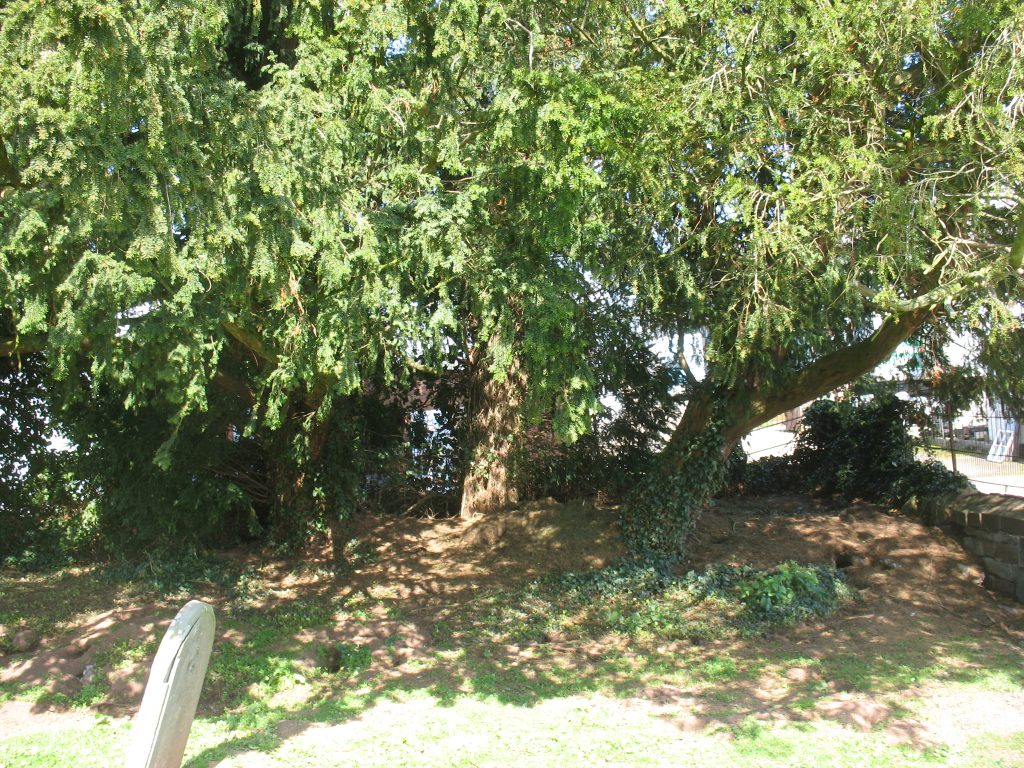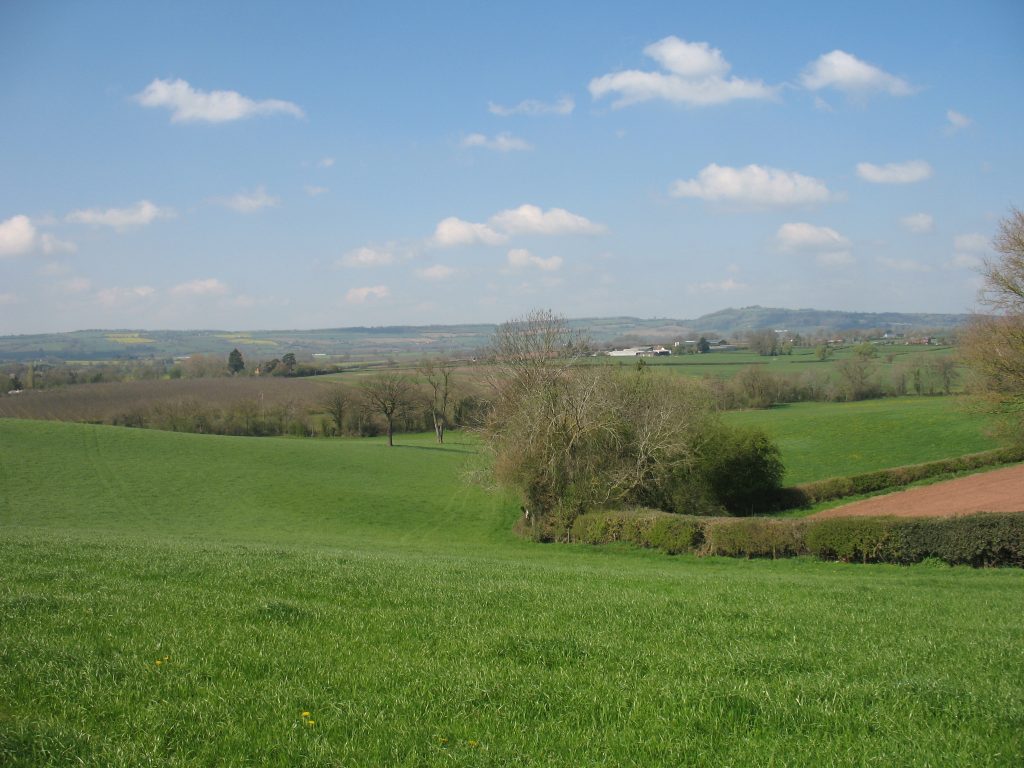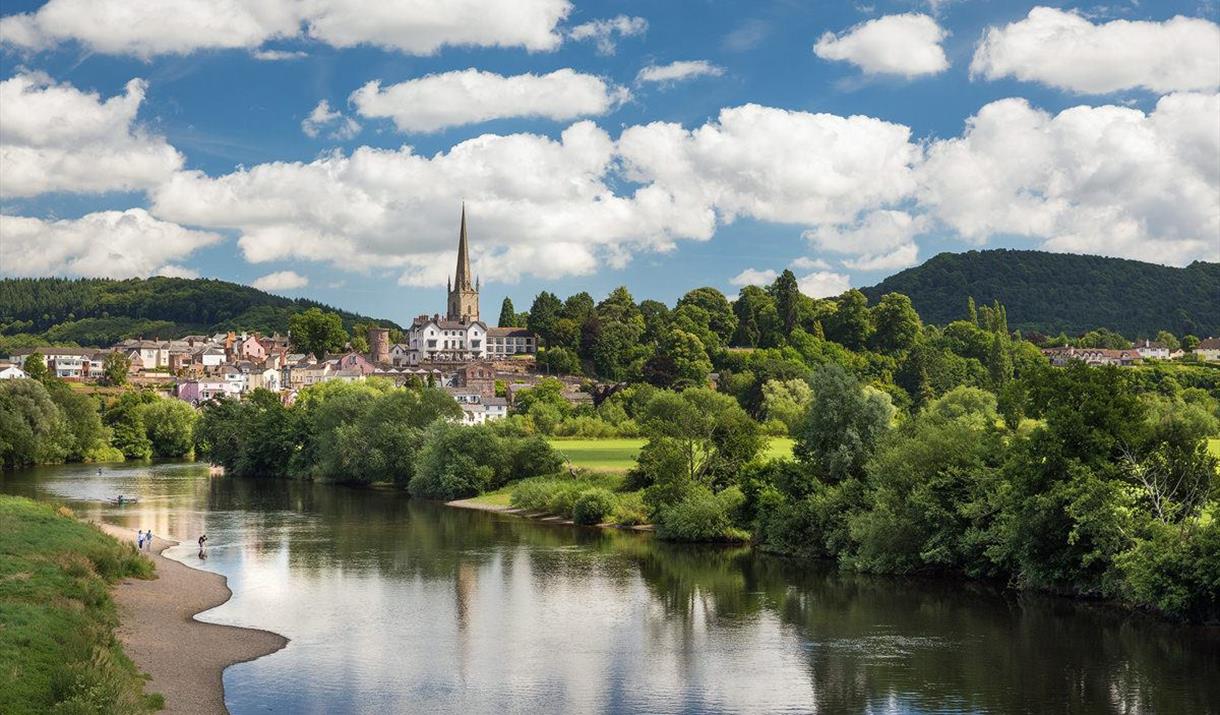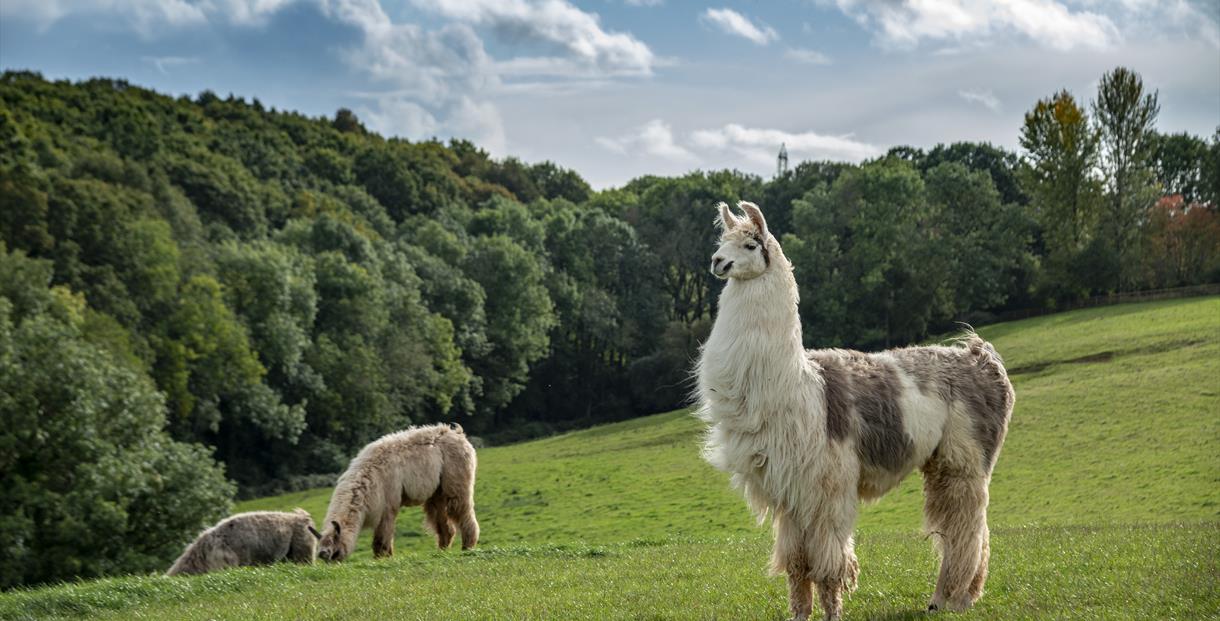Curious about that bit of Gloucestershire that intrudes into Herefordshire just south of Ledbury around the parish of Preston, and never having been there I set out to explore it this week. The 232 dropped me at ‘Velocourt’ (which used to be called Felt House, possibly because felt was made there) and from here it was a 15 minute walk east along footpaths to Preston church and manor house, crossing the Roman road at, what used to be, Preston mill.
Did I find the answer, why Gloucestershire extends in this strange way into Herefordshire? Yes I did, it is because of Preston. Preston means ‘priest’s settlement’ and long before Domesday (1086) this manor belonged to St Peter’s Abbey, Gloucester, which was one of the earliest monasteries in the country set up in 681 AD and for women. The monastery must have sent priests, missionaries in fact, out from here to preach to the people, and in order to support them, territory was gifted to them by the princes of the land, this may have included slaves and/or serfs.

Preston is an ideal settlement site, the manor and church were built on slightly higher land above the many streams that run through this part of Herefordshire/Gloucestershire and importantly, it was on a road, one that had been built by the Romans running between Stretton Grandison to Dymock, both of which were small Roman settlements. This is an interesting part. The road diverts around Preston manor and church oval enclosure, running close to the river and mill. It is very unlikely a Roman road would divert for anything, especially to wetter land, remember roads were built by a conquering nation for the army to move rapidly along with all its supporting supplies and staff. It seems more likely that when the priests arrived, over 200 years after the Romans had left, they shifted the road, to make an enclosure for themselves, their retainers and animals. Today straight hedgerow lines can be traced on the course of the Roman road to the N and S of Preston manor, and a good ledge can be seen today, which is possibly, even probably, the course of the old Roman road.

The church is small. A bundle of yew trees much disturbed by rabbits, rocks and iron work lies in the NE corner of the churchyard that made me wonder if it was in fact one single yew split, making it on estimate around 1500 years old, it may of course be three separate stems and therefore much younger, but I would like to do a DNA analysis on it to find out. The manor is fantastic and beautiful, a wood framed house with a ha ha around it that can only be glimpsed through the trees by the visitor.

For the return I decided to walk part of the ‘Poets Path’ (more on this in later issues), to re-catch my bus at Much Marcle, so I continued south, turned west to Little Nettleton, and back into Herefordshire at Much Marcle, circled around Hellens to the bus stop at the Walwyn Arms. Though I would have liked a drink in the pub I’d actually timed it perfectly, to catch the 2.35 p.m. back to Ledbury. Another time …



